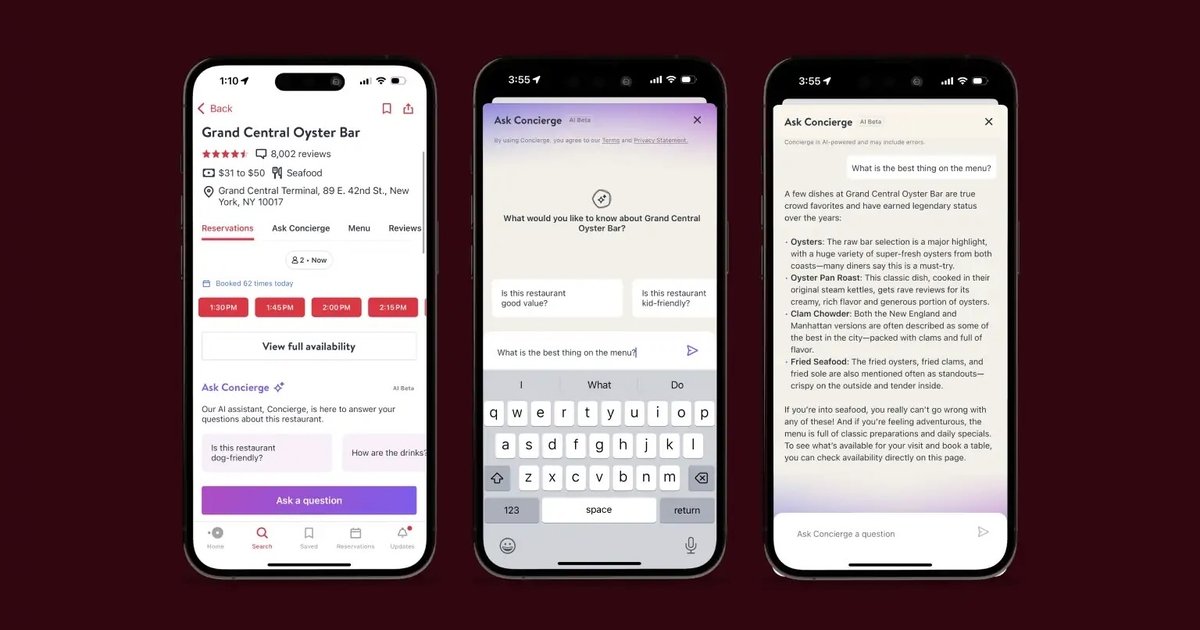As the UK eyes stronger economic growth, AI is being hailed as a silver bullet to speed up time-consuming tasks, especially for developers.
Our recent research reveals an unexpected paradox: despite AI saving developers over 10 hours a week, they are losing an equal amount of time on organizational inefficiencies.
Organizational inefficiencies are lingering, not due to problems with technology, but because of a misalignment between leadership teams and developers on where productivity gains can be made.
This gap means many executives are trying to solve the wrong problems, guided by assumptions rather than first-hand insight.
Global Head of DevOps Evangelism at Atlassian.
The rapid push towards coding assistants shows leaders are attempting to use AI to accelerate coding, but coding itself isn’t a bottleneck for developers. Developers only spend 16% of their time coding.
The real opportunity for AI lies in solving fragmented workflows and time lost searching for information, where developers report losing at least 6 hours a week.
Through open communication, developers and their leaders can build a mutual understanding of friction points that are slowing things down.
Common friction points identified in our research are a lack of clear direction, heavy context switching between tools, poor collaboration with other teams, and tech debt.
Only through understanding actual friction points can leaders start to improve developer experience and productivity.
How to align leadership teams with developers
Misalignment between leadership teams and developers is hampering productivity. We found that the majority of developers (68%) feel that their leadership teams don’t fully understand the challenges they face.
That lack of understanding means companies are investing time and budget into areas that don’t address friction points or improve team productivity. Closing that gap starts with better communication.
Leaders need to look beyond productivity metrics and engage directly with teams to uncover the real friction points they experience.
Likewise, developers can help by framing their challenges in terms of business impact, so leaders have a better understanding of where to prioritize solutions.
When leaders and developers align on the actual sources of inefficiency, AI and other tools can be targeted toward the work that really slows teams down, rather than just the parts that are easiest to automate.
Practical steps to cut through inefficiencies
Once communication is open and leaders understand where developers are really losing time, businesses can work on prioritizing the resolution of identified friction points.
This might include addressing fragmented workflows, improving documentation, and information discovery. AI can play a powerful role here, but it’s not a magic wand.
A deep understanding of friction points and problems makes it easier to identify where productivity gains can be made with AI, or another more suitable solution.
Documentation is a common friction point cited by developers and is an interesting example to dive in to. Great documentation helps teams self-serve the information they need so they can move faster with fewer low-value touchpoints with other teams.
Unfortunately, developers aren’t queuing up to write documentation. AI can help by writing some of the documentation, automatically organizing content, improving tone, and adding helpful context for better clarity.
The payoff is significant; teams with easy access to self-serve information are 4.4 times more productive.
A practical way for leaders to amplify AI’s impact is to showcase examples of teams that have successfully used AI to work smarter, creating insights that others can replicate across the organization.
Finally, productivity improvements won’t stick without continuous feedback loops. Regular retrospectives, surveys, and skip-level meetings ensure leaders stay connected to the realities of developer work, spot emerging bottlenecks early, and keep the momentum going.
The path to growth
Developers who aren’t bogged down by broken tooling, unclear documentation, or inefficient processes are able to spend more time doing what they do best – building great software.
Leadership should focus on systematically identifying and resolving key friction points for developers. They can do this most simply by speaking with their developers.
Used correctly, AI can transform developer experience and unlock significant ROI for businesses.
The path to a better developer experience and happier, more productive developers comes only when friction is removed and developers are empowered to deliver high-quality software fast.
We’ve featured the best AI website builder.
This article was produced as part of TechRadarPro’s Expert Insights channel where we feature the best and brightest minds in the technology industry today. The views expressed here are those of the author and are not necessarily those of TechRadarPro or Future plc. If you are interested in contributing find out more here: https://www.techradar.com/news/submit-your-story-to-techradar-pro























